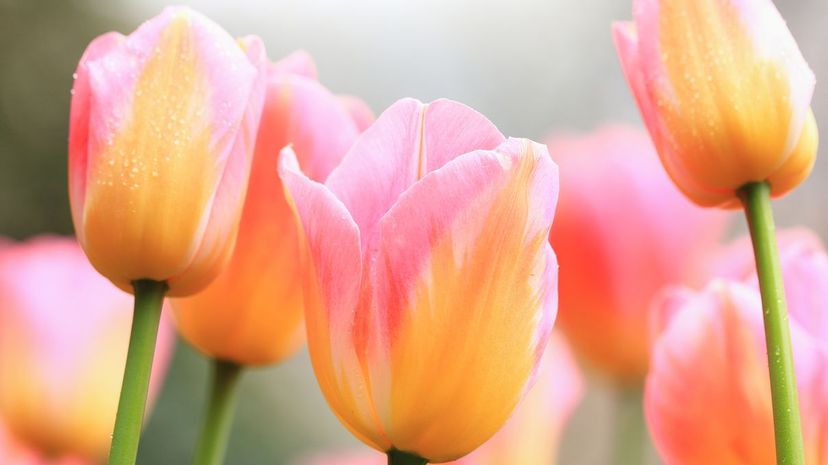
About This Quiz
Flowers: They are a relatively late arrival in the plant world, having been preceded by non-flowering plants like ferns and coniferous trees until about 130 million years ago, or so the fossil record tells us. Early fossils of flowers, like the Archaefructus Liaoningensis found in China, show small and simple blooms, compared to the roses, orchids and tulips of today. Which brings us to this: Humans and flowers have had a longtime, highly productive relationship. Without humans, flowers would not have nearly the genetic diversity and show-stopping beauty that many have today. And without flowers, humans wouldn't have had early medicines, teas, romantic gifts or household decorations.
Another thing we wouldn't have? Food. OK, some non-flowering plants are edible, but the vast majority of humanity's plant foods come from flowering trees or bushes. Not to mention the feed we give to the animals we get milk, meat and eggs from. It's highly debatable whether humanity could survive without flowers (which is what makes the decline of bees so worrisome).Â
So, the next time you see a flower, bear in mind: It's more than a pretty face (so to speak). In fact, maybe you'd like to test what you know about flowers with our quiz. No matter how you score, you're guaranteed to learn a thing or two!
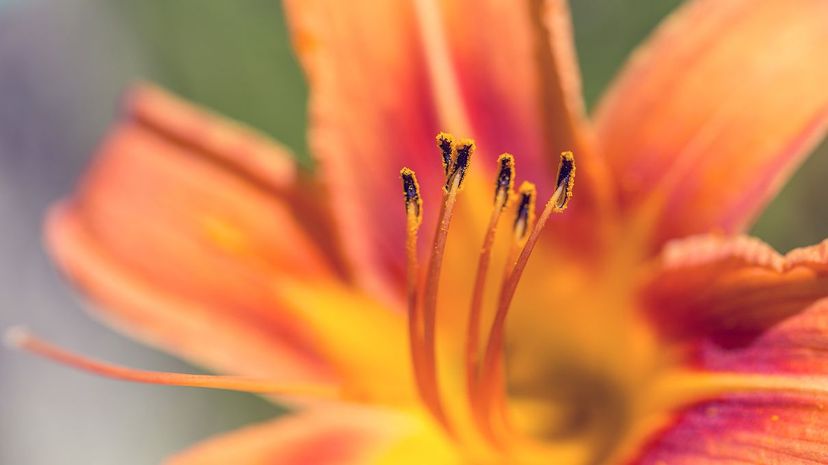
A flower is a plant's reproductive structure. Once fertilized, the blossom dies, and the ovary of the flower becomes a secondary reproductive structure, the fruit. A fruit contains seeds, which are surrounded by energy-dense material that nourish the seed on its way to becoming a new plant.
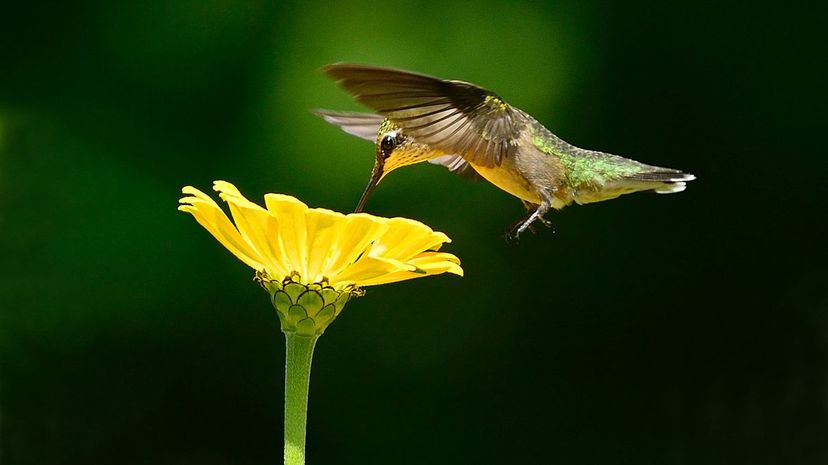
This substance shares its name with the drink consumed by the Greek gods in their myths. (If you were confused by "ambrosia," that was the supposed food of the gods.) Bats, moths, hummingbirds and more consume nectar, and this is a large part of what attracts these creatures to flowering plants, which need to be pollinated.
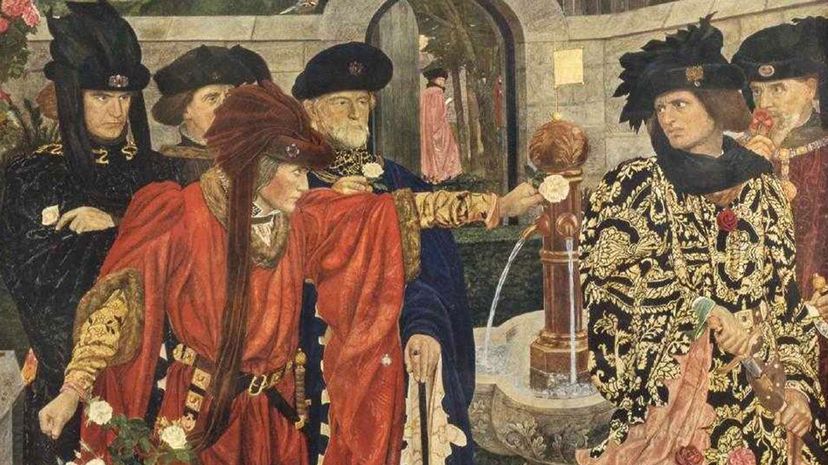
This is, of course, "the War of the Roses." The noble York family used a white rose as its symbol. The Lancasters, a house "alike in dignity" (to quote Shakespeare), used a red rose. So when war broke out between them, nobody had to think hard for a name for it.
Advertisement

There are a variety of ways that flowers are pollinated, and this is good news for the many animals that have plant-based diets (and, we suppose, for those carnivores that eat animals which eat plants; it's all connected). Some flowers are even self-pollinating, having both male and female "organs" in one bloom.
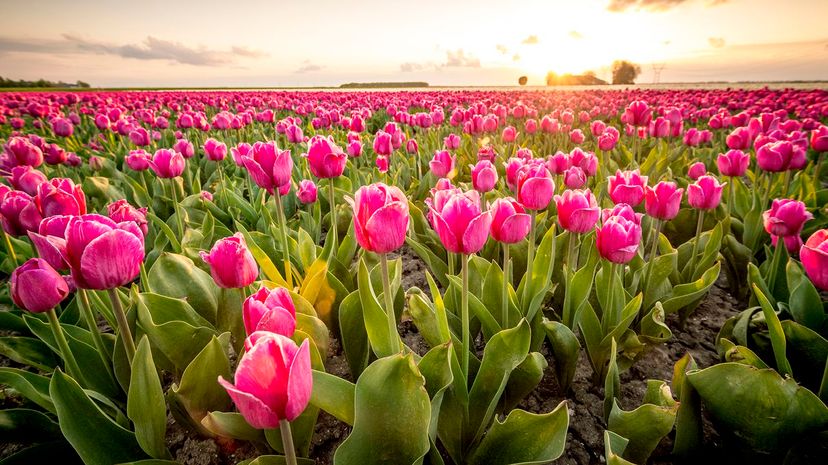
Tulips are associated with Holland to this day, largely because of the great tulip craze of the 17th Century in which tulips outpriced gold. This flower is not native to the Netherlands, but was imported, and became so valuable that fortunes were made or lost on their trading. This might have been the first "speculative bubble" in human history.

Don't confuse "species" with "variety." The former is a scientific term, which is part of Linnean taxonomy; the latter is a less formal term used by horticulturists. There are an astounding 30,000-plus varieties of roses!
Advertisement

This is why the most famous horse race in America is called "the Run for the Roses." This is rooted in a tradition of men, or hosts of parties, giving ladies who attended the race a rose. The Derby's organizer made the rose the symbol of the race, leading to the winner's victory wreath and the informal name.
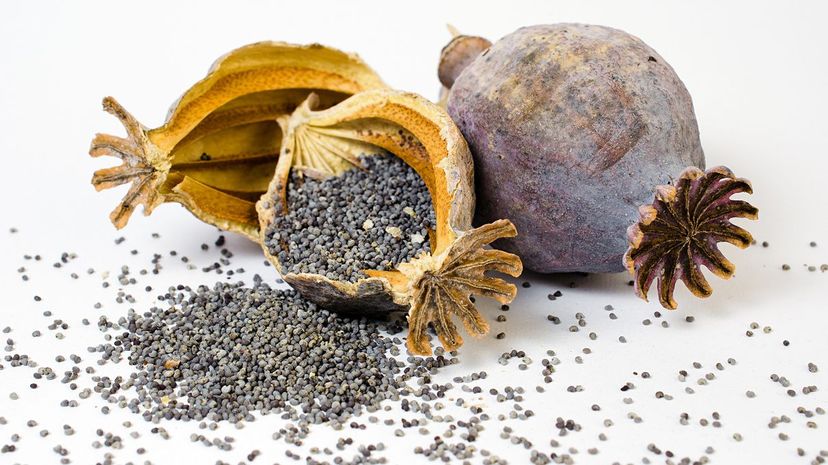
We are referring to papaver somniferum. The genus name, papaver, refers to poppies overall. "Somniferum" gives us a clue to this particular flower's nature: It kills pain and induces sleep. Its common name, of course, is the opium poppy.
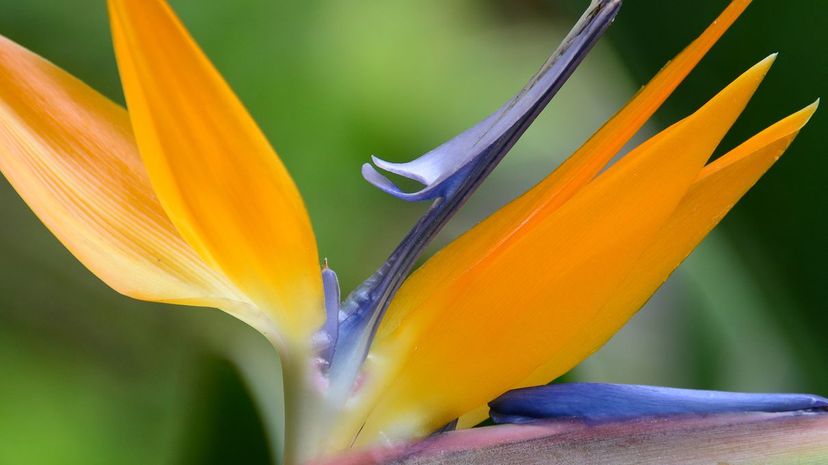
This plant is popular for landscaping in Southern California, and also thrives in South Africa. Its blooms look like a bird's head, with a purple-blue beak and a brilliant orange crest. They were named for their resemblance to birds of paradise.
Advertisement
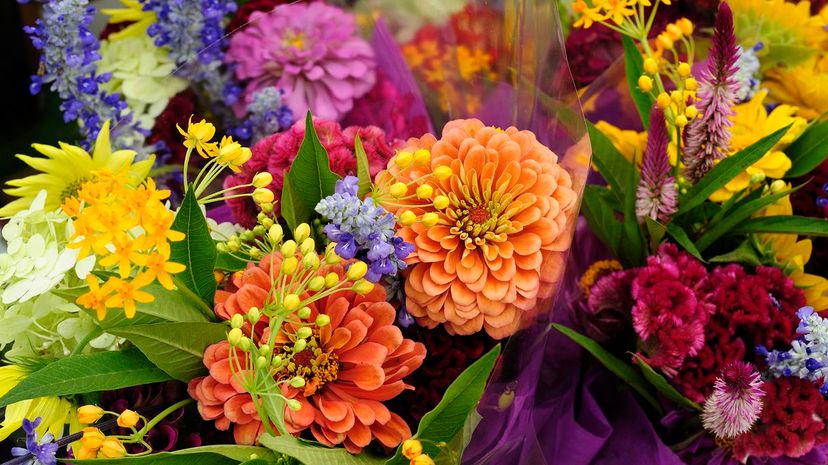
Bright, showy blooms indicate a plant's health, and this attracts bees. Bees come to gather nectar and pollen, and, incidentally, to spread pollen to other flowers. Pollen is primarily food for the bees' larvae, and because they must carry it back to the hive instead of consuming it on the spot, it is easily spread to other flowers.

Would a rose by any other name smell as sweet? Sure it would ... but a rose than didn't smell sweet wouldn't attract as many pollinators. The scent for which humans love flowers is another evolutionary adaptation that helps them to survive.
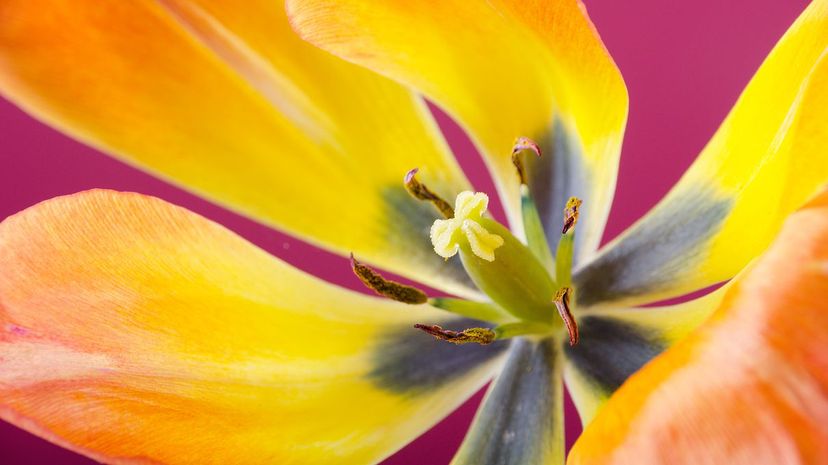
The pistil (don't misspell it "pistol") is a flower's female reproductive structure. Its long "neck" is called the style, and this leads down to the ovary, where a plant's eggs are stored. Plants and animal reproductive systems really aren't as different as you might think!
Advertisement
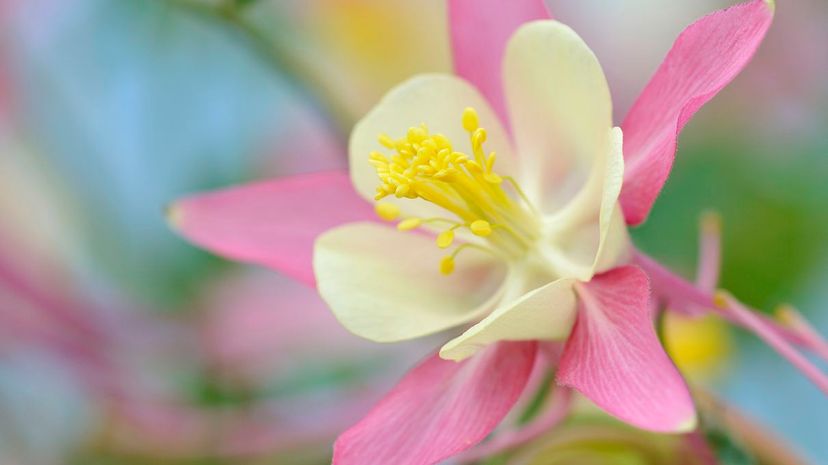
Unlike the pistil, a flower has multiple stamens. or male reproductive parts. The stamens are divided into the anther, which is the head and produces pollen, and the filament, the stem that holds the anther up. Pollen is the yellow dust-like substance that fertilizes flowers.
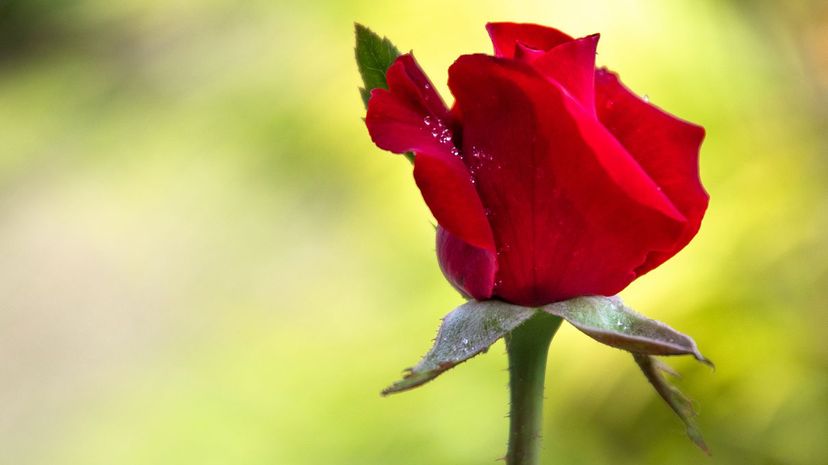
If you look at a flower from the bottom, or upside down, you'll see what look like small green petals, or miniature leaves, adhering tightly to the lowest petals. Since scientists love to name everything, botanists call these parts "sepals."
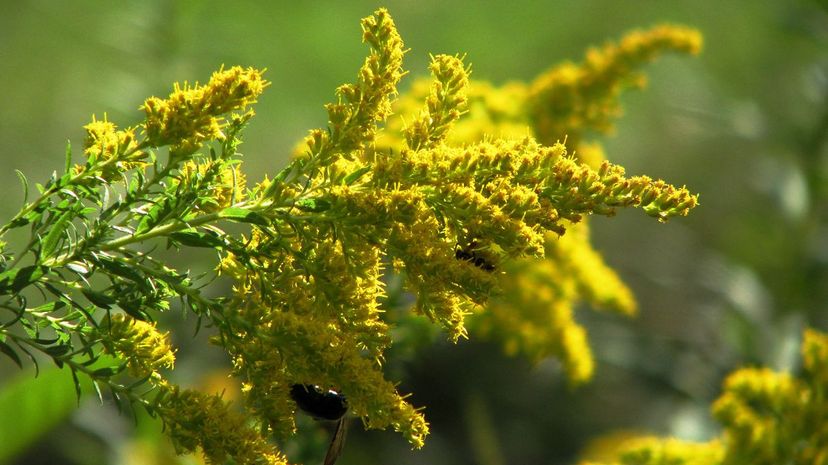
Of course, it's allergies. We all know someone who suffers through springtime and the flowering of bushes and trees. (Or maybe that person is you). Fun fact: Stendhal syndrome is the tendency to feel overwhelmed and even faint around works of great art ... so maybe if someone saw a gorgeous cultivar of an exotic flower, they could have an episode.
Advertisement

Angiosperms are a clade, also known as Magnoliophyta. Under this huge umbrella are 64 families of flowering plant, and, ultimately, more than a quarter million species. Gymnosperms are (generally speaking) the opposite: the non-flowering plants.

The hydrangea doesn't demand any more water than other flowering plants of its size. Rather, it got its named from its seeds, which were shaped like water jugs common in Greece. Hydrangeas have blooms in a lovely blue-violet color.

There are several types of poppies. Gardeners favor the showy Asian poppies, which include the famous "scarlet flag," and Icelandic poppies. California's state flower is neither of these. Native to the western U.S., it is a flat-petaled, simple flower, except for its bright tangerine color.
Advertisement

Lilacs are a very popular ornamental bush in landscaping. The variety with pale purple blooms is the more common, with white a bit rarer. Fun fact: Poet Walt Whitman name-checked this flower in his elegy for Abraham Lincoln, "When Lilacs Last in the Door-yard Bloom'd."
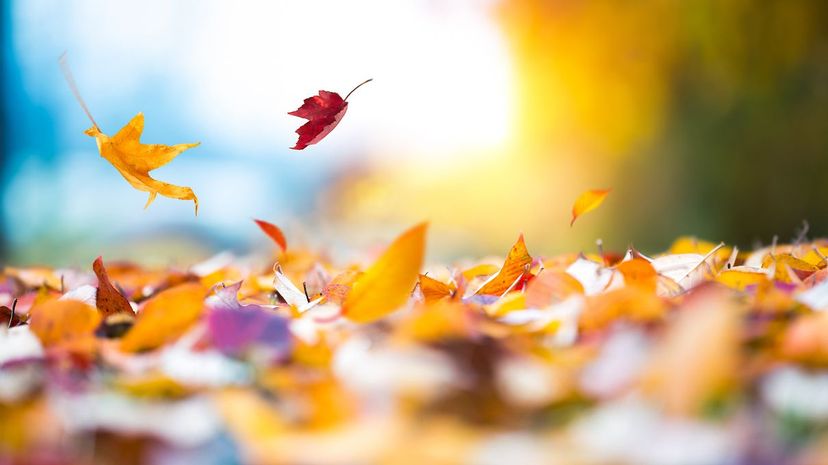
Ever wonder why you see so many potted chrysanthemums, or flower arrangements using them, around Thanksgiving time? It's because this flower blooms in the fall, unlike flowers grown from bulbs (e.g. irises, daffodils, tulips and more).
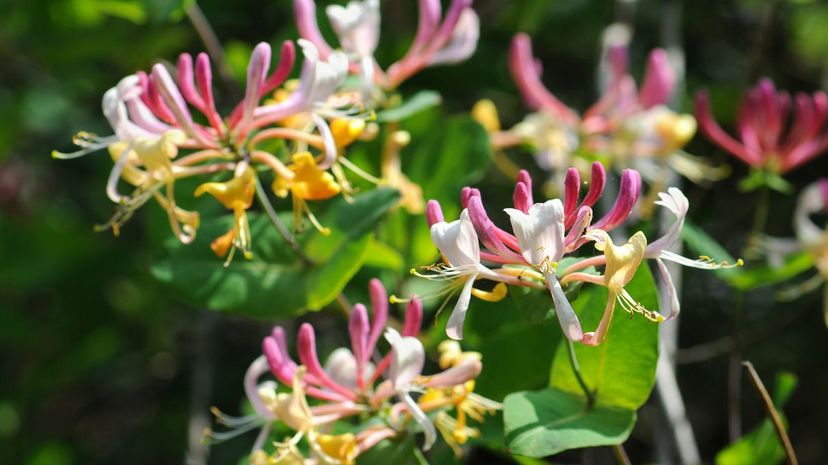
As the name implies, honeysuckle flowers have a very sweet scent. They like warm climates, like the southern U.S., but also thrive in Asian countries like India. They grow as creeping vines, and can be used to cover up unattractive fences and walls.
Advertisement
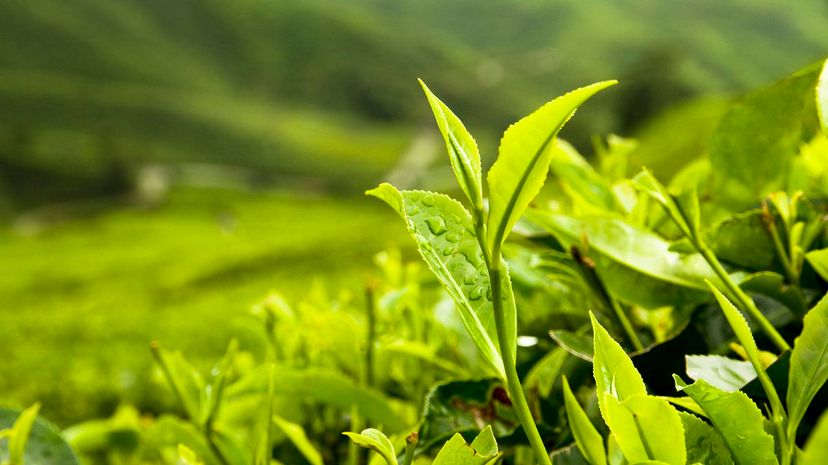
Did the exclamation point give it away? Sorry, we get a little excited about a good cup of Darjeeling. The tea plant is related to those flowering camellia bushes you see in yards ... but not too closely related; camellia sinesis grows best in warm mountainous climates like China and India, and isn't produced in North America.
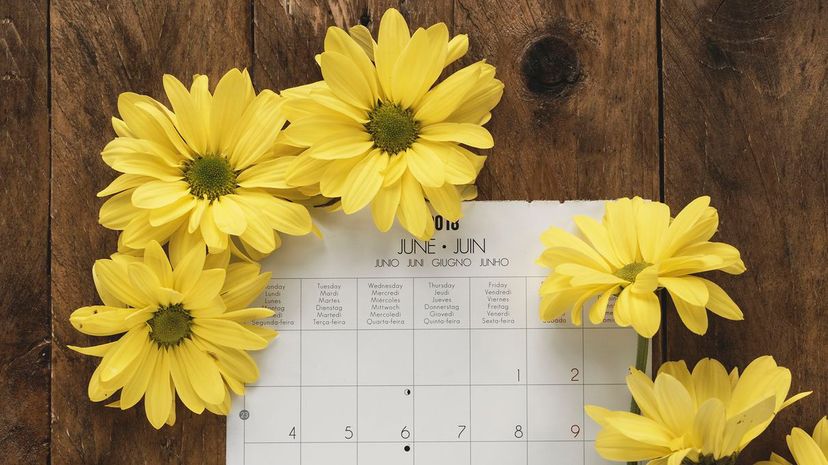
Being cynics, we expected that a florist invented the idea of the "birth flower" ... but evidently it goes back for several millennia. Nowadays, America and the UK have a different "calendar" of flowers. For example, in the U.S., December's flower is the narcissus, while in the UK, it is the poinsettia.
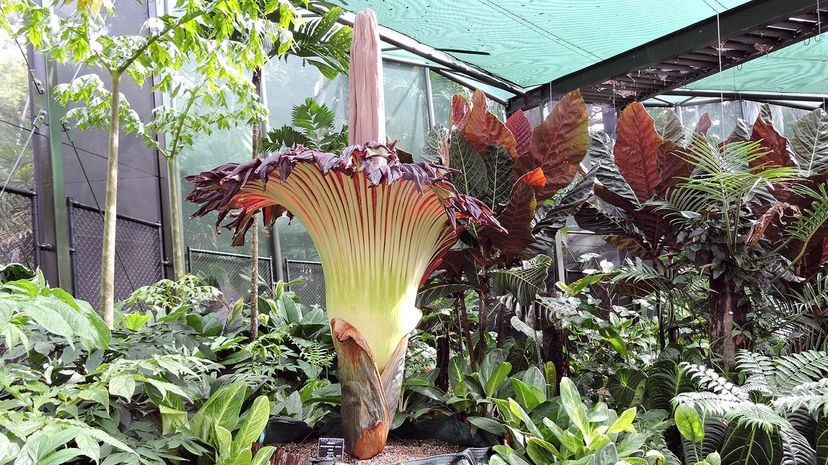
Most flowers smell sweet, to attract pollinators, so why is this flower just the opposite? Oddly enough, for the same reason. The corpse flower's rotting-flesh smell attracts flies, which spread pollen from plant to plant. This goes to show that there are no hard-and-fast rules in evolution; organisms evolve in ways that allow them to survive and pass on their genes, whatever that adaptation may be.
Advertisement
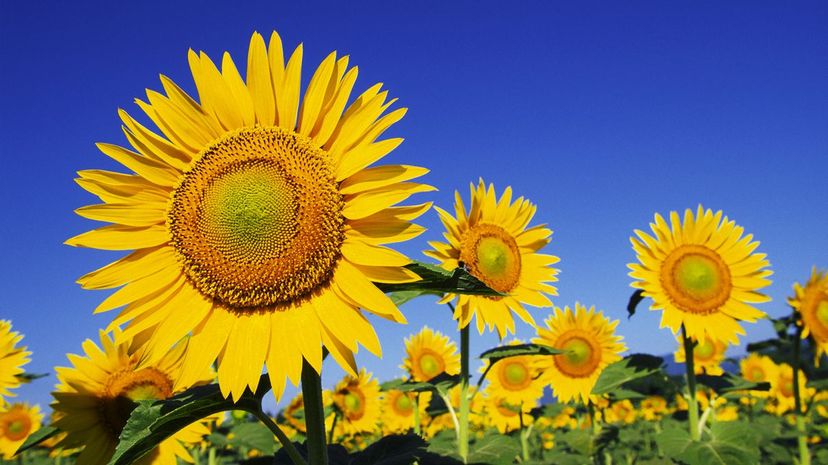
Although "amarillo" is yellow in Spanish, the sunflower is not known as the "yellow rose." Rather, it is named for its property of turning toward the sun, combining the words "gira" (for "turns") and "sol" (for "sun").
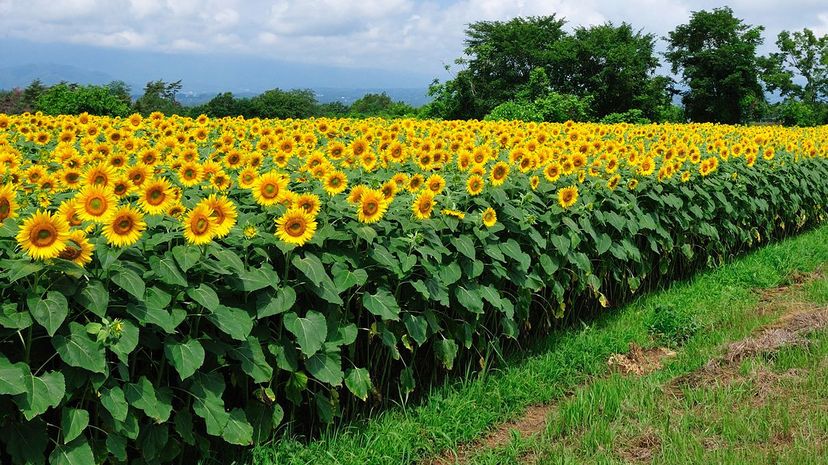
Plants have a remarkable number of defense mechanisms; you probably knew that thorns are one such device, keeping animals from eating a plant's stalks. The sunflower's mechanism is rarer; its roots produce a substance that is dangerous to nearby plants, giving the sunflower an edge in the competition for resources. Hardcore!

Claude Monet was a French Impressionist, and his Water Lilies paintings are among the most widely recognized in the art world. Monet painted them while he had advancing cataracts, which might partly explain their misty and diffuse quality.
Advertisement

The most famous example of this is the Venus flytrap. It has tiny hairs in its flowers which sense the landing of insects. The flower then snaps shut like a mouth and begins digesting the creature. The Venus flytrap is part of a larger family called Drosceraceae, which are all carnivorous.

It's the "-graphy" part that's the tipoff here, suggesting a type of "writing" or code. Lovers, among others, used single flowers or bouquets, arranged in a particular way, to indicate feelings. The messages sent this way weren't complex; they often carried a simple meaning, like, "I'm sorry."
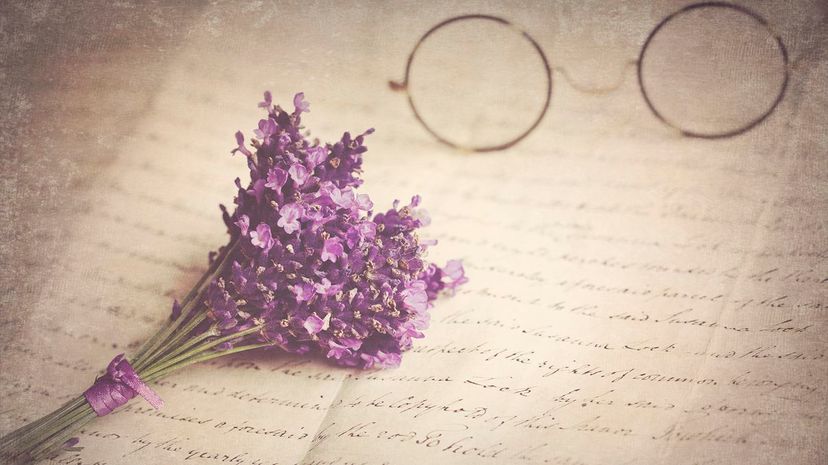
Using flowers as symbols precedes the Victorian era. Shakespeare famously made reference to it in "Hamlet," in which Ophelia names flowers and identifies their meanings: "There's rosemary; that's for remembrance..." Nor was the practice exclusive to England; it is found in many parts of the world.
Advertisement

Though pretty, both of these flowers have a simple structure without multiple rows of petals, and they both bloom close to the ground. You might have heard the expression "shrinking violet" for someone who doesn't speak up or challenge others. Pansy, meanwhile, has a second meaning that doesn't have to do with humility: In floriography, it stands for "thoughts" because of the name's similarity to the French word "pensee."
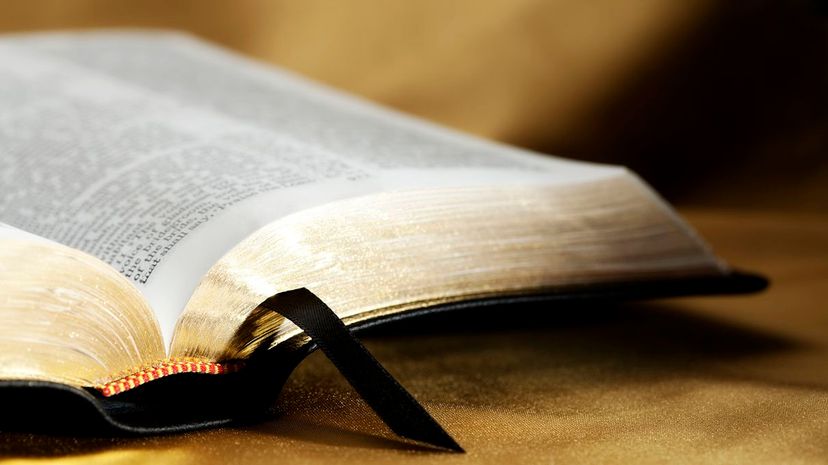
Perhaps the most famous verse is "I am my beloved's and my beloved is mine; he has gone down to pasture his flock among the lilies" (Songs 6:3) However, Song of Songs uses a lot of nature imagery, and there are also references to flowers like henna blossoms.
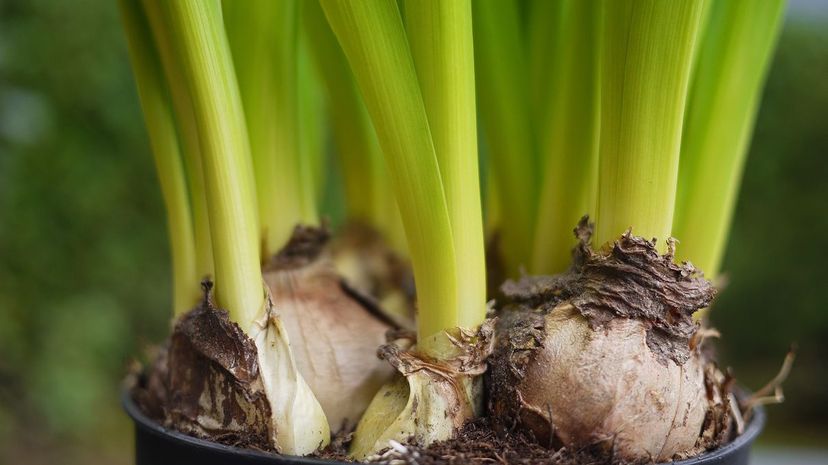
Daisies can be grown from seed or from a rhizome, a thick tangle of rootstock that is planted like a bulb. The other three flowers are commonly bought in nurseries as bulbs; they are very popular spring flowers for gardens or flower arrangements.
Advertisement
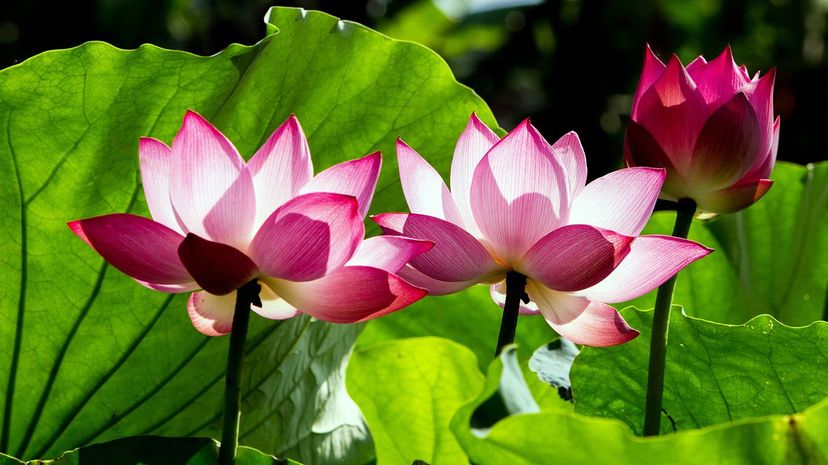
The significance of the lotus is that it has its roots in mud or swampy water, yet grows up toward the light and creates a beautiful blossom. Obviously, the metaphor is that of a human life or soul, becoming beautiful and meaningful despite ugly surroundings.

To make a daisy chain, pick a number of the flowers with a few inches of stem intact. Cut a slit in the stem, thread the stem of the next flower through until you reach the head, and repeat the process until you've got a string of them. The term "daisy chain" has been adopted into the language as a metaphor for a sequence of events, usually humorous or ironic.
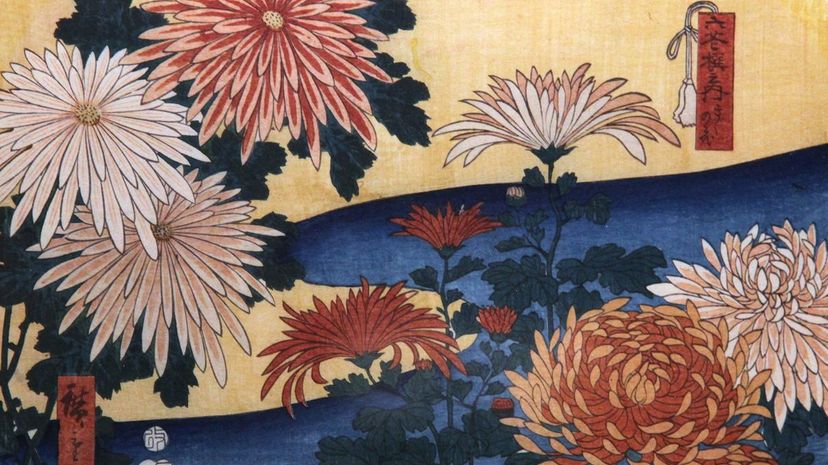
Japan's imperial throne is known as the Chrysanthemum Throne. By extension, the name can refer to Japan's royal family. The flower is, unsurprisingly, native to East Asia, and Asian horticulturists have bred thousands of types of this complex, thin-petaled flower.
Advertisement

Many perennial flowers, like those grown from bulbs, need to reach a certain chilly temperature to trigger their growth and blooming process. However, bulbs can't get *too* cold; if you live somewhere that has snowy, icy winters, you'll need to dig up your bulbs in late fall and replant in spring. It's confusing, we know.

Those orchids you see in grocery stores, with cream and magenta coloring? That's a cymbidium. Orchids are difficult to grow in temperate climates, requiring hothouse conditions, but this variety seems to be easier than other to cultivate, as their popularity with florists indicates.

This warm-climate flower was named for Joel Poinsett, the U.S. ambassador, who liked them and brought them back to America. There, they became traditionally associated with Christmas, although they require hothouse raising to bloom in December in the colder parts of the United States.
Advertisement
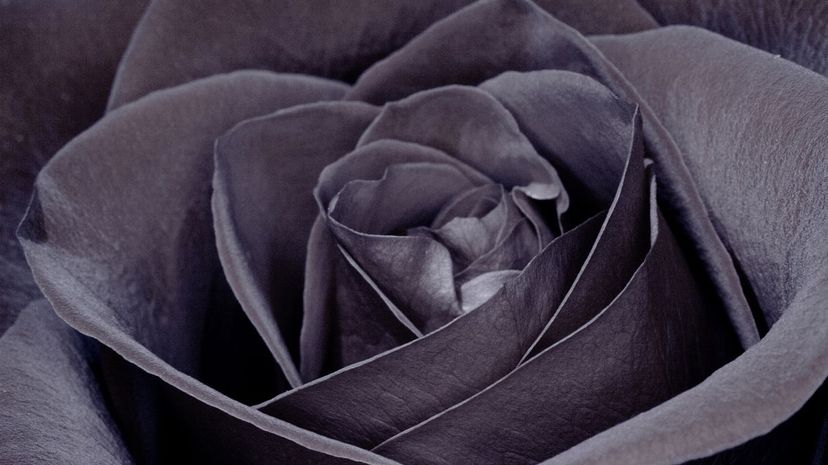
The rare "black rose" is actually a dark shade of burgundy. However, if you want to create some for your Halloween decorations, take a red rose and place it in water mixed with black ink. In a day, you should get the desired effect.